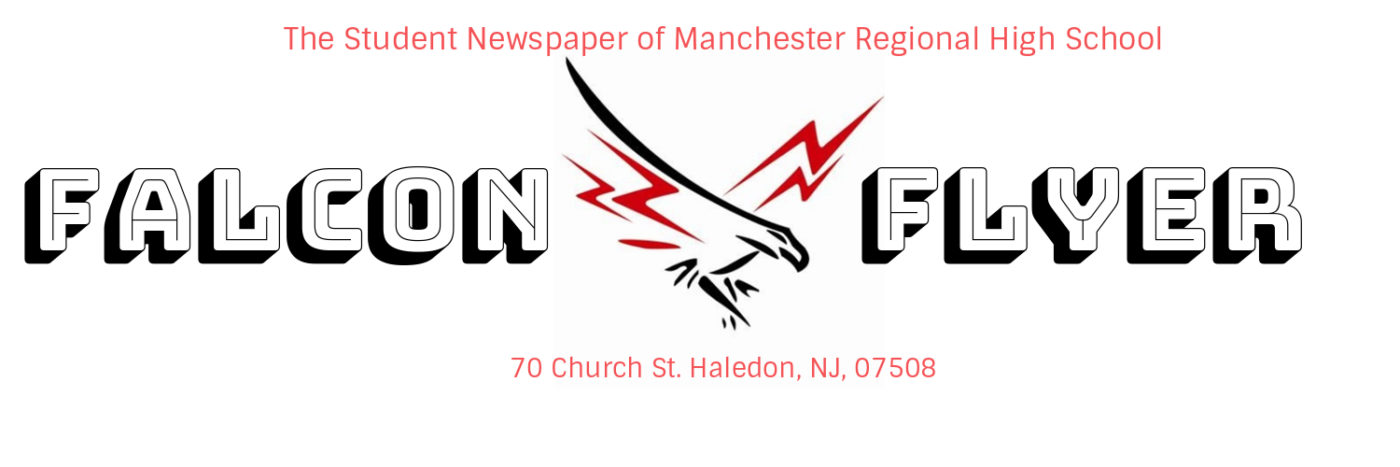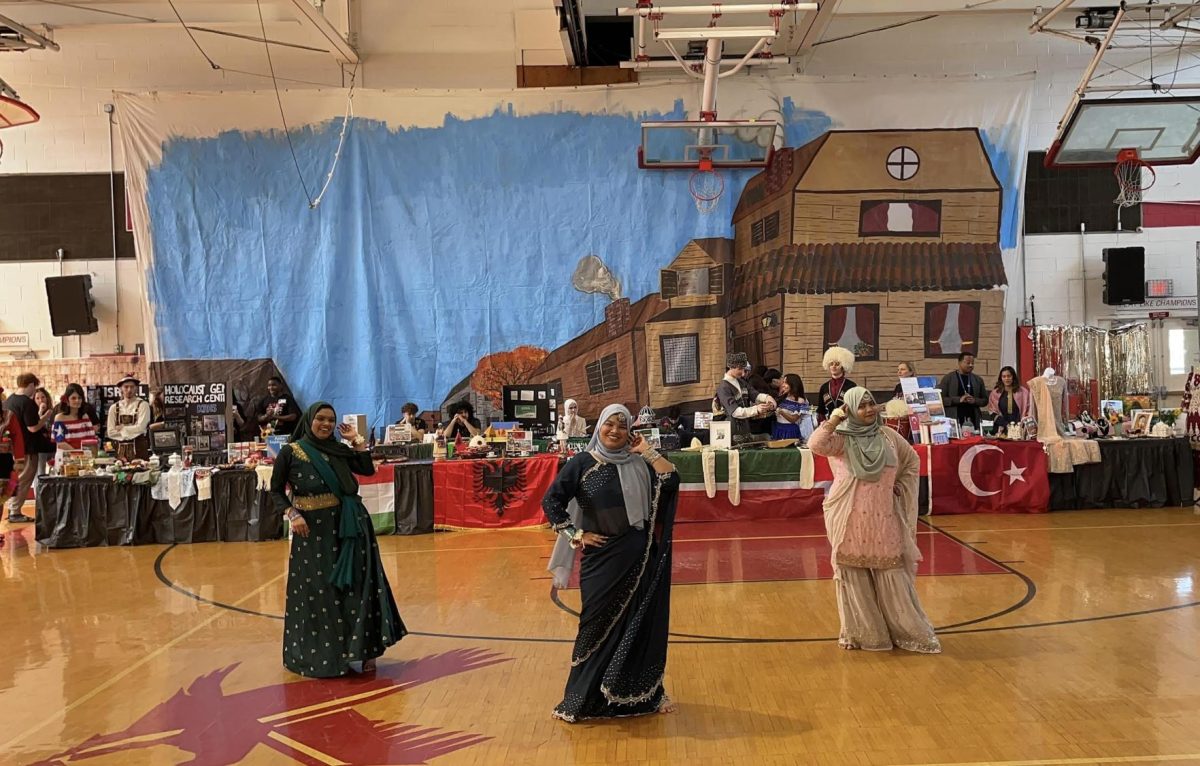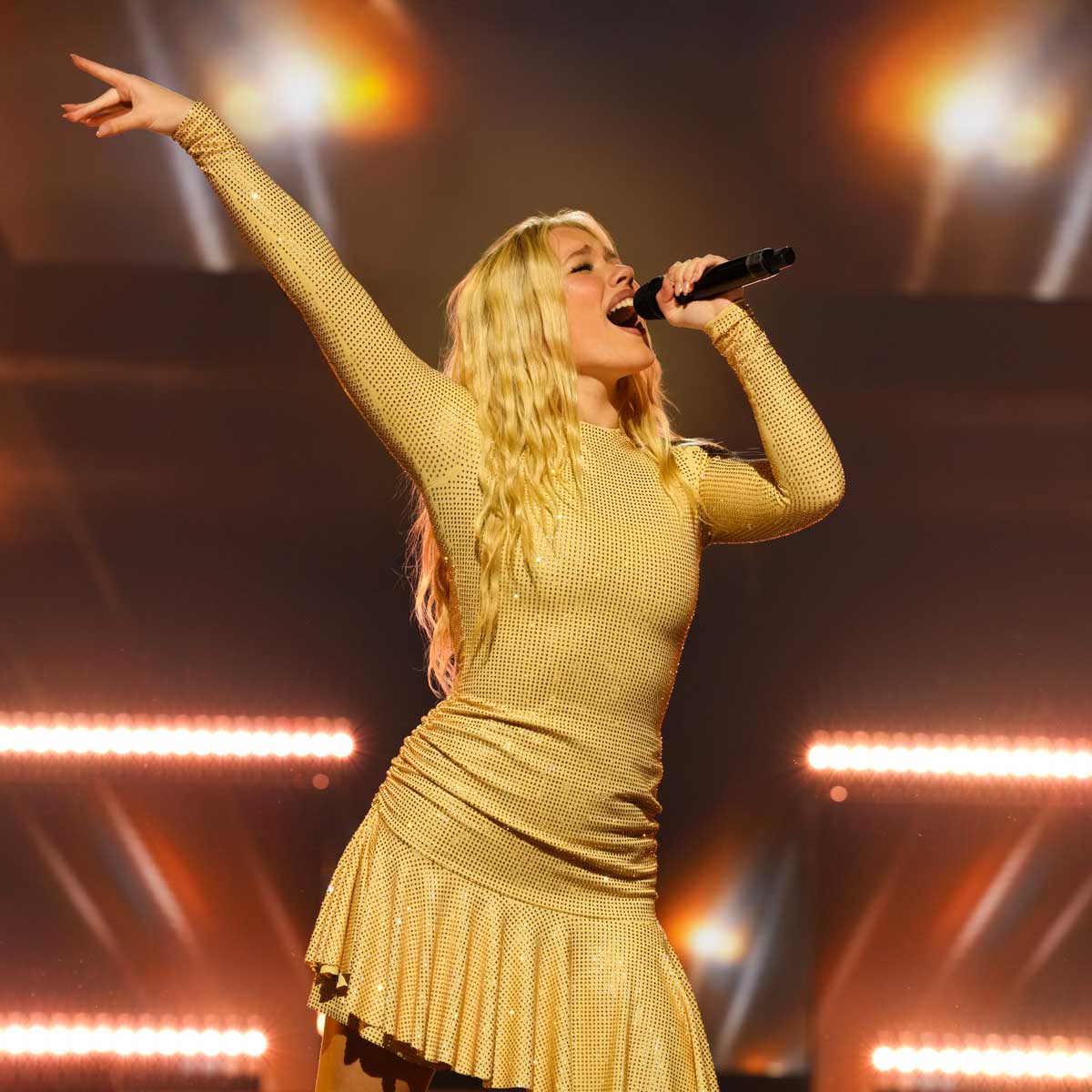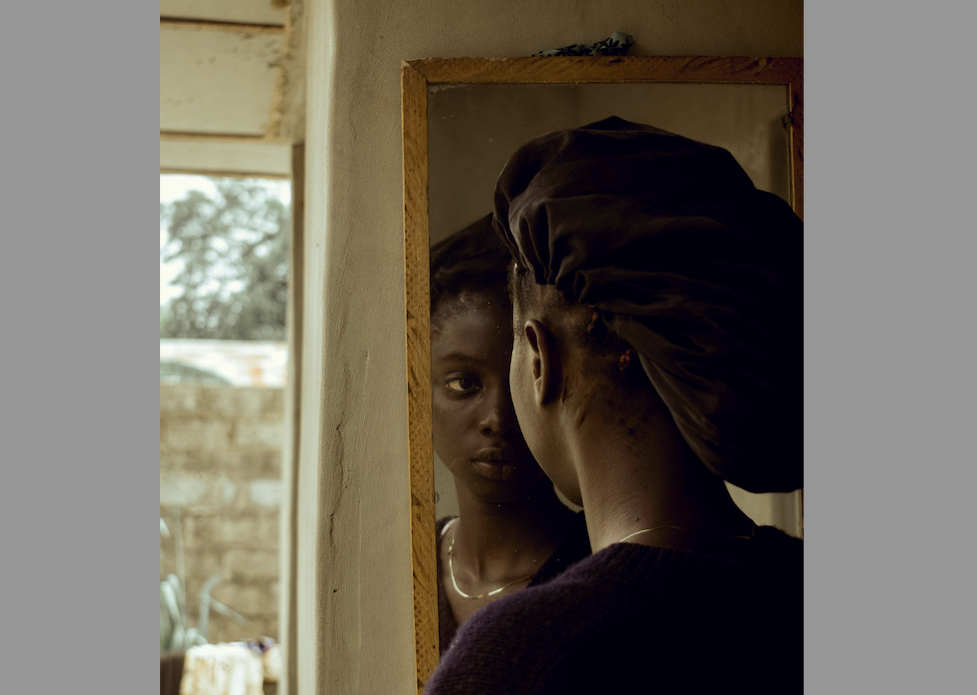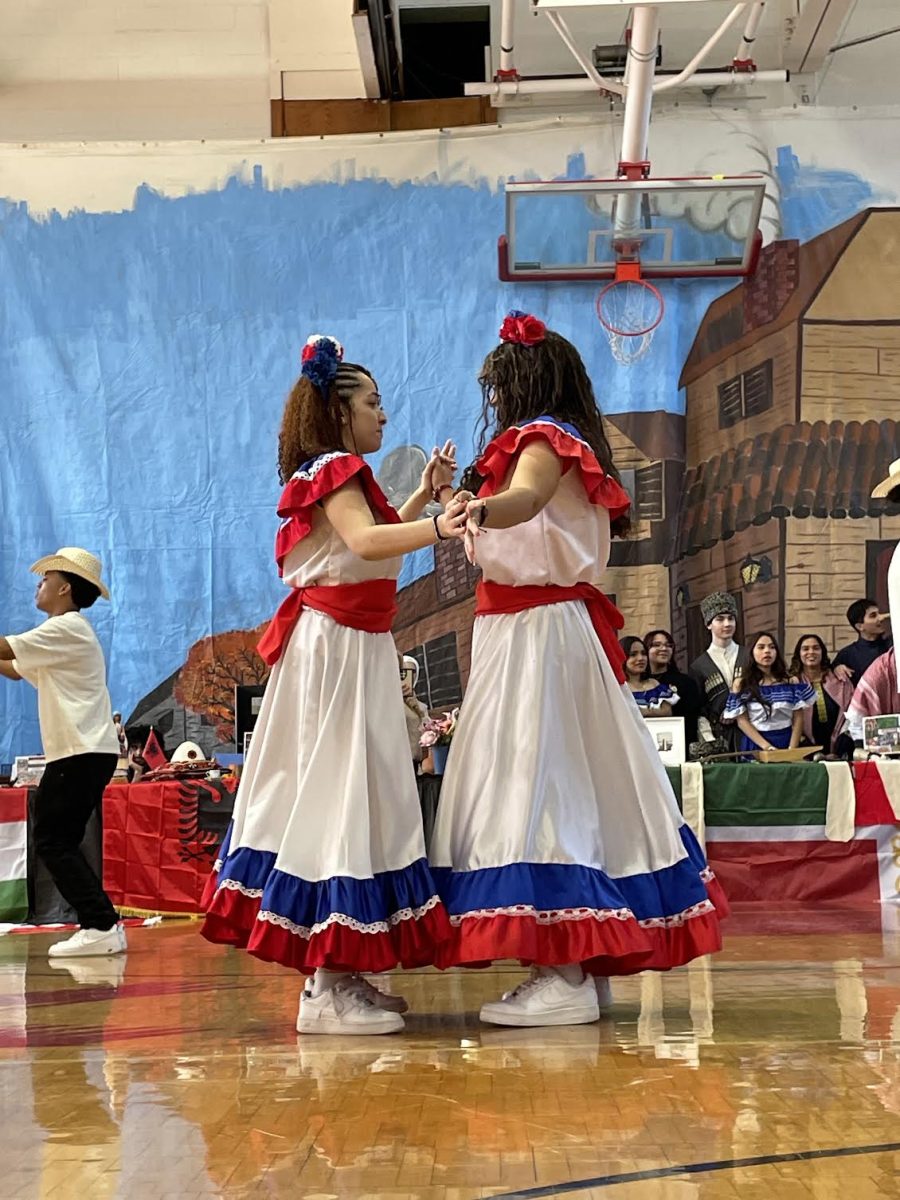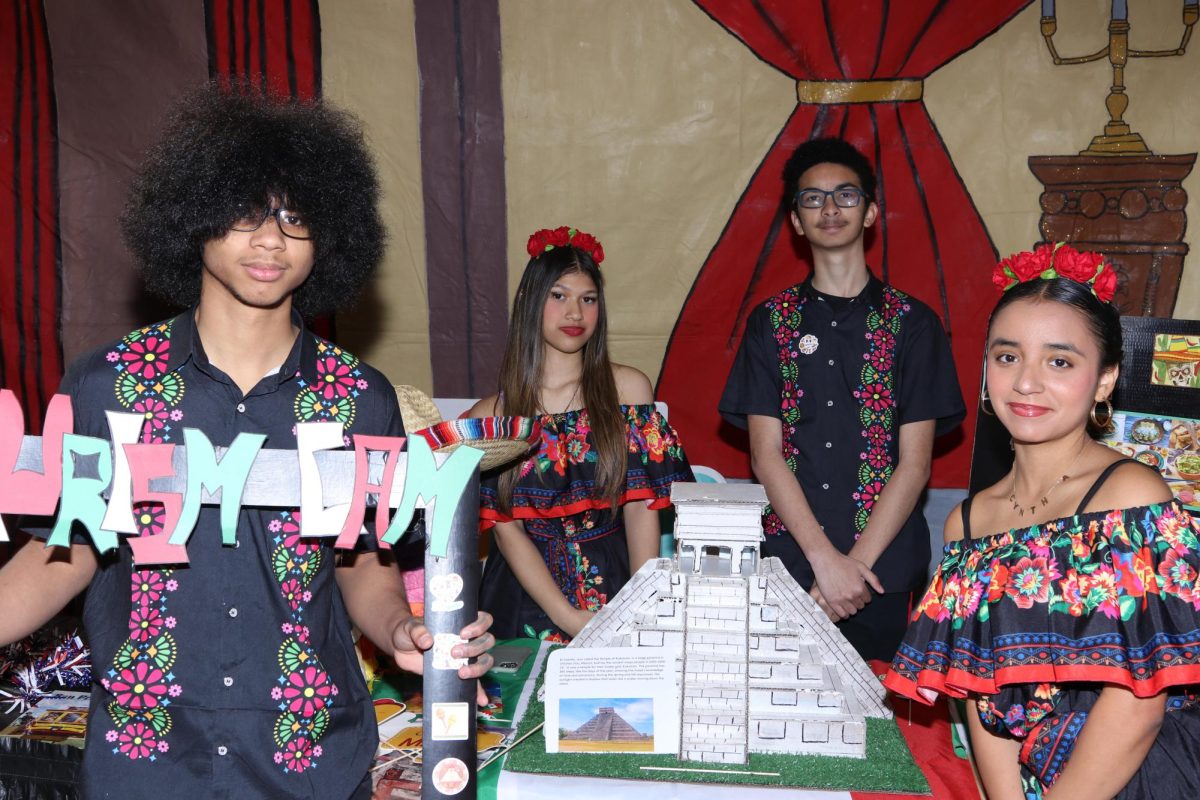The annual Manchester Cultural Festival transformed the dull gymnasium into a vibrant environment filled with sights, music, and flavors. This festival is an entry into a world of diversity—featuring colorful & unique costumes, rich global cuisines, upbeat music, and more! But the true highlight of the festival was the student performances, showcasing dances and traditions unique to each culture represented.
A festival performance isn’t just a dance— it’s a statement. It expresses heritage and identity.. As John MacAloon (1984) once wrote, a festival is “a joyous celebration of unity, co-operation, accomplishment, and excellence.”
As you read the article, ask yourself: Have you ever seen this type of clothing or dance before? What stood out to you? Was your culture represented in here? If so, what type of clothing or dance showcased it?
The first performance kicked off with Mexico, whose dancers brought energy and movement to the stage, setting a standard for the rest to come. Their hip-swaying and twirling dances captivated the audience. The women wore a traditional off-shoulder dress with floral patterns on black fabric, while the men sported black button-up shirts and matching pants. Their grand finale was a lap around the stage, proudly raising the Mexican flag high.
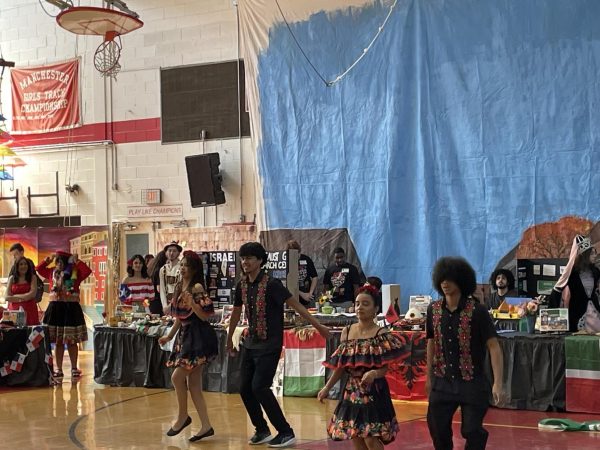
The second performance was represented by Bangladesh. The energy was vibrant and contagious, with performers weaving gracefully through the space in soft, flowing outfits. The girls wore colorful sarees or salwar kameez in shades of black, green, teal, pink, and fair white. They were also adorned in jewelry and outfit patterns unique to their own. Their moves were fluid and expressive, reminiscent of Circassian dancers in grace, yet the Bangladeshi performers brought a unique liveliness and joy that filled the space.
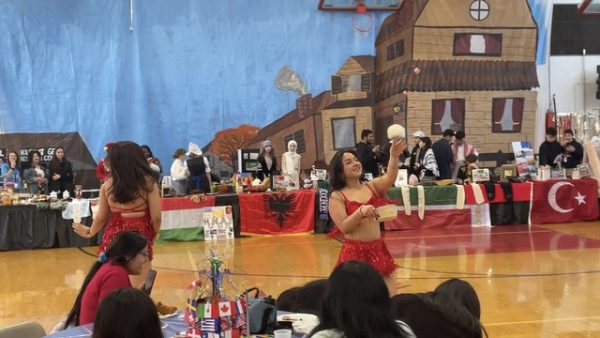
Next came the performance by Peru, representing Incan dance and traditions. The dancer twirled around with practiced precision, the tulma (the puffball necklace you see) swinging with intention. Dressed in a red top, black skirt, and printed Incan patterns. Adorning her were several pieces of jewelry native to Peru, such as necklaces, tulas, and earrings. Their outfit didn’t just accompany the dance–it became part of it. The patterns on their outfit popped out and came to life, in a hypnotizing and beautiful display.
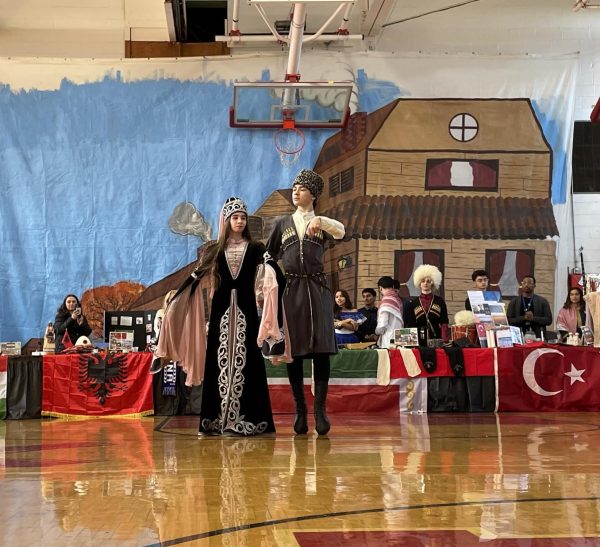
The fourth performance by Circasian dancers delivered an elegant and slow-burning routine adorned in calm yet strikingly patterned outfits. Their costumes featured long, flowing robes belted at the waist, with tall boots, and ornamental headpieces. Quiet and soft colors further distinguished their attire from the rest, more vibrant displays before them. Their dance is akin to the slow, deliberate grace of a wound-up ballerina turning in a jewelry box.

